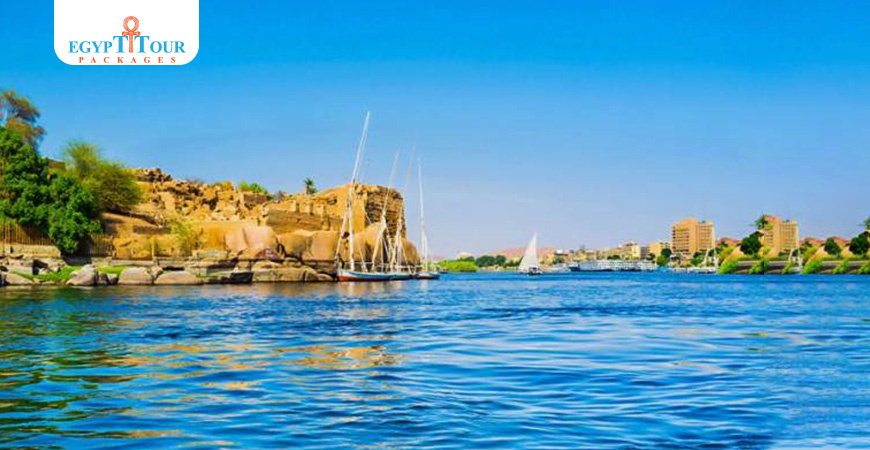
Elephantine Island
The island of Elephantine is one of major Aswan attractions floating on the Nile. The island in 12000 meters situated in the center of the Nile.
Where is Elephantine Island?
- A historical overview of The island of Elephantine is one of major Aswan attractions floating on the Nile. The island in 12000 meters situated in the center of the Nile. Elephantine Island :
The island of Elephantine is one of major Aswan attractions floating on the Nile. The island in 12000 meters situated in the center of the Nile. Elephantine Island is one of the solid granite islands in terms of geological formation, and one of the most important islands in Aswan, not only now and since ancient times. It was a strategic area linking the south to the north, especially in the trade exchange between Egypt and the rest of Africa. The most important thing that the Pharaohs imported was ivory or Sin el-Fil (elephant), so they called it (Apo), meaning elephant or ivory. As for the name Elephantine, it is what the Greeks gave to this island. We must differentiate between The island of Elephantine is one of major Aswan attractions floating on the Nile. The island in 12000 meters situated in the center of the Nile. Elephantine Island and Philae Island, as they are not one island.Elephantine was a religious center for the worship of Khnum, the first member of the sacred Elephantine Triad. Khnum is one of the oldest deities in Egypt. He was the one who created the other gods and the first man on his pottery wheel. He was considered the god of water responsible for the annual flood.One of the most beautiful features of the island is that you will have to ride a sailboat to reach the island or ride a ferry with the Nubian residents of the island, and the difficulty of access is one of the most important reasons for preserving the island’s antiquities and its information treasures about the civilizations that succeeded each other on this charming island, as it is considered a historical record for more than 5 years. Thousands of years, and this is what has been proven by excavations and research. The archaeological hill is located in the western part of the island, and above it there are the remains of temples for the goddess Sat-wife Khnum, the Elephantine Fortress, which was built to protect Egypt from the southern side, the Khnum Temple, the sacred rams’ cemetery, the A nilometer was a structure for measuring the Nile River's clarity and water level during the annual flood season. Nilometer , and the Elephantine Museum.

Elephantine Island in Aswan
The importance of
The island of Elephantine is one of major Aswan attractions floating on the Nile. The island in 12000 meters situated in the center of the Nile. Elephantine Island
:
The oldest construction work on the island took place in late prehistoric times and extended until the early Islamic era, meaning it includes the history of ancient Egypt in all eras, up to the Greco-Roman era. Satet is considered the god of the region, especially the god of floods.Various ruling families built temples to her. The first temple dates back to the First and Second Dynasties, i.e. around 2800 BC. The second temple dates back to the beginning of the Sixth Dynasty, i.e. around 2250 BC. The third was built by Senusret I around 1950 BC, and the fourth and last was built by Queen Hatshepsut around 1480 BC.There is also the temple of the god “Khnum”, the stones of which were looted earlier and only the two pillars of the main entrance remain. Near it is a cemetery of rams for the same god. There are also booths to commemorate the rulers of Elephantine, the most important of whom is (Haqqa Ib). Additions continue throughout the New Kingdom, and Elephantine continues to play. Its role throughout the late Egyptian eras, where the kings of the 26th Dynasty showed great interest in the island and established a Nile gauge on it, and the Nile’s flood standards appear on it in Greek and Arabic. It was in use until recently, and after them were the Ptolemaic kings and some Roman emperors, whose names were recorded on the walls of the temples. On the portal of one of the southern halls of the temple appear inscriptions representing Alexander II in the form of an Egyptian king offering sacrifices to various gods, and his name is written in hieroglyphics, with the formula “stp-in-ra-Meri-Amun” (chosen by Ra and loved by Amun).
The island of Elephantine is one of major Aswan attractions floating on the Nile. The island in 12000 meters situated in the center of the Nile. Elephantine Island
Museum (Aswan Museum) is located in the southeastern part of
The island of Elephantine is one of major Aswan attractions floating on the Nile. The island in 12000 meters situated in the center of the Nile. Elephantine Island
. The museum building was built in 1898 as a headquarters for the chief engineer of the Aswan Reservoir, Sir William Wilcox. The museum was established in 1917 to include antiquities from the Nubia region that were found before the construction of the Aswan Reservoir and those that were found after that and were excavated by foreign excavation missions.It includes antiquities dating back to the pre-dynastic era. It also contains some statues of kings and individuals, some mummies of the ram, the symbol of the god Khnum, various types of pottery, architectural and decorative elements, a number of coffins, tools of daily life among the ancient Egyptians, and some funerary paintings.

Elephantine Island Aswan Egypt
The island of Elephantine is one of major Aswan attractions floating on the Nile. The island in 12000 meters situated in the center of the Nile. Elephantine Island
is located on the eastern bank of the Nile River, at the mouth of Lake Nasser, in the city of Aswan, Egypt. The island includes a variety of antiquities and archaeological remains dating back to different eras, making it a popular tourist destination.
Among the most important monuments on
The island of Elephantine is one of major Aswan attractions floating on the Nile. The island in 12000 meters situated in the center of the Nile. Elephantine Island
:
The Temple of Satet or Satis was an ancient Egyptian temple dedicated to the goddess Satet, the personification of the flooding of the Nile. The temple is located on The island of Elephantine is one of major Aswan attractions floating on the Nile. The island in 12000 meters situated in the center of the Nile. Elephantine Island in the Nile Valley, Egypt. Founded during the Late Predynastic Period around 3200 BC, it was expanded and renovated several times during the Early Dynasty and beyond over a period of 3000 years until the Ptolemaic period. The Temple of Satet is the best example of an ancient Egyptian temple whose construction is attested throughout the entire Pharaonic period. The temple was first built in 3200 BC and was nothing more than a place designated for worship between three large granite boulders. This oldest temple was very small, and had a shelter made of mud bricks. On the eastern side, there were some mud brick houses. The temple was expanded during the First and Second Dynasties and rebuilt during the Third Dynasty, but its ancient structure was preserved. On the south side outside the niche between the rocks, some granaries were added. The temple was rebuilt again during the Fifth Dynasty, perhaps during the reign of Nyuser-Ra, when the temple in the center of the rock niche was expanded.Pepi I, the second pharaoh of the Sixth Dynasty, ordered the temple to be rebuilt again retaining the old structure, but the brick walls were enlarged and a granite sanctuary was added for the statue of the goddess. By that time, the god Khnum was also worshiped in the temple.
- Middle Kingdom
Modern reconstruction of the Temple of Senusret I. At the end of the First Intermediate Period in the early Eleventh Dynasty, the Theban King Intef III completely renovated the temple. The central area was left in its original place between the three natural rocks. The hall in front of the temple was paved and decorated with limestone panels for the first time.Soon after, Mentuhotep II made further modifications to the temple, building an entirely new sanctuary. He added new reliefs and, on the north side, a sloping courtyard and part of a lake to celebrate the flooding of the Nile, which the ancient Egyptians believed began at Elephantine.The temple was still mainly made of clay brick, except for important walls lined with decorative limestone blocks. Less than 100 years later, early in the 12th Dynasty, Pharaoh Senusret I replaced Mentuhotep's temple with an entirely new temple and courtyard. While all the previous buildings followed the same design and used mainly clay bricks, the new temple was built entirely of limestone. By this time, the level of the temple was above the rocky niche of the Old Kingdom. However, the main sanctuary was built directly over the old sanctuary, thus maintaining ancient traditions.The temple of Senusret I was fully decorated, but only a few fragments of the decoration survive, and these include the remains of a long inscription of the king. At the same time, the god Khnum was given his own temple on the island.Satt Temple was originally decorated with numerous statues, among them a statue of King Sikhimkari of the 13th Dynasty.
- New Kingdom
Modern reconstruction of the Temple of Setet, 18th Dynasty. During the New Kingdom period, the temple was rebuilt under Queen Hatshepsut (1507-1458 BC) in the early Eighteenth Dynasty and expanded by her successor Thutmose III. A completely new temple was built under Ptolemy VI (180-145 BC), during the Ptolemaic Kingdom. It was again a rectangular building. At the back of the western side, there was the main sanctuary, in front of it was a wide hall and in front of the other two halls were two small halls. Ptolemy VIII (182-116 BC) finally added a portico to the temple with two columns and four columns.

Elephantine island(Khnum?Temple)
Khnum Temple:
Khnum, a god with a ram's head, was a guard "for the Nile long before the Aswan Dam guarded it, even before the Pharaohs later guarded it. The Nile flood brought silt and clay, and the belief that Khnum created life from this silt by bringing his children from clay to the mothers' stomachs may have been the historical origin of the idea that the Nile was life itself.
There is also the temple of the god “Khnum”, the stones of which were looted earlier and only the two pillars of the main entrance remain.
The Temple of Amun on
The island of Elephantine is one of major Aswan attractions floating on the Nile. The island in 12000 meters situated in the center of the Nile. Elephantine Island
is one of the most important temples in ancient Egypt. The temple is located on the eastern side of the island, and is dedicated to the god Amun. It was built during the Twelfth Dynasty (1991-1778 BC), but was renovated and added to in later times. The temple is distinguished by its intricate carvings depicting many religious and historical themes, including scenes from the king's life, religious ceremonies, and historical events.

Elephantine island(Nilemeter)
- Nilemeter
The meter of the Nile water dates back 7,000 years. Almost all aspects of the life of the ancient Egyptians depended on the Nile. If its water level rises, a flood occurs. If its water level drops, drought occurs. Both meant disaster. Fortunately, the Nile water gauge was invented to read and predict the water level and then know the fate of the country.The person who was able to read the Nile's water gauge had knowledge of Egypt's most sacred treasures. Even predicting rain before it fell was a key factor in determining the taxes peasants were to pay. It is not surprising that after its invention, this high technology is kept in temples and no one is allowed access to it except priests and rulers. On the island of Elephantine in Aswan, there are two Nile scales, one in the temple of Khnum and the other in the temple of Settat, the first in the form of a square basin while the second was of a traditional architectural style. It was in the form of a house with a ladder sloping down to the river with holes in the wall.

Eelephantine museum
- Elephantine Museum:
The first museum in Aswan was the Aswan Island Museum, which opened in 1917 in the eastern part of the island of Elfentin in Aswan, Egypt.The location of the museum was a rest house built on The island of Elephantine is one of major Aswan attractions floating on the Nile. The island in 12000 meters situated in the center of the Nile. Elephantine Island in 1898 AD for the English irrigation engineer Sir William Wilcox, designer of the Assiut Barrage and the Aswan Reservoir. After completing the project in 1912 AD, this building was converted into a museum and was officially opened 5 years later. Therefore, the museum is considered one of the oldest regional museums in Egypt.

Nubian museum Aswan
- Museum contents
The museum includes many statues of kings and individuals, some mummies of the ram, the symbol of the god Khnum, various types of pottery, architectural and decorative elements, a number of coffins, daily life tools, and some funerary paintings. In recent years, the German mission excavating in Elephantine, in cooperation with the Supreme Council of Antiquities, created an annex to the ancient museum located to the north of it and includes some of the antiquities that the mission found during its excavations that took place for many years on the island. The museum also includes a garden, caves engraved with rock engravings, minarets in the Islamic style, a Nubian house surrounded by a lake, the temple of the goddess Sett, the temple of Haqqaib, and a Nile scale.
Museum development
Between 1991 and 1993, a new annex was added to the Aswan Museum, called the Inex. It is located on
The island of Elephantine is one of major Aswan attractions floating on the Nile. The island in 12000 meters situated in the center of the Nile. Elephantine Island
, about ten meters north of the Aswan Museum. The area of ??the museum annex is about 220 square metres, and it has 3 exhibition halls and a glass roof topped with a concrete roof, crowned in the central area in a pyramidal shape. Its most important contents are 21 wall and central galleries, and it includes about 670 archaeological figures starting from the era of the Old Kingdom until the Roman Ptolemaic era, which are the results of the excavations of a mission. The German Archaeological Institute on
The island of Elephantine is one of major Aswan attractions floating on the Nile. The island in 12000 meters situated in the center of the Nile. Elephantine Island
from 1969 until 1997 AD. After being closed for a period since the January 2011 revolution, the Minister of Antiquities decided to reopen the Aswan Museum on
The island of Elephantine is one of major Aswan attractions floating on the Nile. The island in 12000 meters situated in the center of the Nile. Elephantine Island
to foreign tourists again, coinciding with the 100th anniversary of the establishment of the museum in 1917, and holding a major celebration on this occasion.
- Museum entry tickets
For Egyptians/Arab
Entry Ticket(s)
Adult :EGP 30
Student :EGP 10
Other nationality:
Adult:EGP 200
Student:EGP 100

Elephantine island(Tombs of nobles)
- Tombs of nobles
The reason for naming the Tombs of the Nobles or Qubbat al-Hawa is due to the name of Qubbat al-Hawa Mountain, which is a rocky mountain about 130 meters high. It contains carved tombs for nobles, priests, statesmen, military and civilians, and Aswan scribes from the era of the ancient Egyptians, and it contains 50 tombs.Its importance is that the tombs of the nobles are carved in sandstone and date back to ancient times. They have historical importance that places them at the forefront of the cemeteries in Upper Egypt, the most important of which are the tombs of “Mecho and Sapne”. It also gives an idea of ??the architectural style of the tombs, and also of the titles and positions held by the rulers of the south, as the inscriptions written on them show The walls of these tombs reflect the role played by these princes in protecting the country or in making trips within Africa.

Elephantine Island (tombs)
The “Tombs of the Nobles” are located on the western bank of the Nile in the city of Aswan, which represents a historical aesthetic masterpiece facing the Nile Corniche, especially after a lighting project for the western bank and the tombs of the nobles was implemented years ago, as it includes a group of rock tombs located on the western bank of Aswan, and these tombs belonged to the rulers of the city of Aswan. The tombs begin with an ascending sand corridor that leads to the entrance, followed immediately by the tomb hall, which rests on columns cut into the rock. Its walls are decorated with scenes of the daily life of the ancient Egyptian, such as scenes of agriculture, plowing, offering sacrifices, and hunting birds in the swamps of the delta and deserts. In the middle of the hall there is a well that leads to the burial chamber. Below the cemetery. The area of ??the Tombs of the Nobles witnessed an archaeological discovery in 2014, which is considered one of the most prominent archaeological discoveries with the participation of the archaeological mission of the Spanish University, headed by Dr. Alejandro. This mission began its work in the region in 2008, and the event was documented on film, as the archaeological discovery included masks of mummies. The coffins that were found were in good condition, and among the discoveries was a burial chamber for its owner, Prince Haqqaib III of the Twelfth Dynasty, one of the rulers of the Middle Kingdom. His coffin was also found with a mask (cartonage) of colored linen covering the body, and the autopsy proved that “Haqqa-ib” was the owner of The mummy was suffering from a sprain in his spine.

Find out some facts about the history of Elephantine island in Aswan
- The sacred cemetery of Khnum
On The island of Elephantine is one of major Aswan attractions floating on the Nile. The island in 12000 meters situated in the center of the Nile. Elephantine Island there is the sacred cemetery of Khnum, which is the oldest rock manuscript (Khufu-ankh) dating back to the Fourth Dynasty. It contains a Nile scale discovered in 1822 and used by the Egyptian astronomer Mahmoud Bey. It contains a new scale made of alabaster. It has a museum established in 1917 and included all the antiquities of Nubia discovered before the construction of the reservoir. The museum was the headquarters of Sir William Wilcox, the chief engineer of the Aswan Reservoir. An attached museum was built in 1989 and was implemented by the German mission, which includes antiquities dating back to the pre-dynastic period.

Post A Comment
Your Email Address Will Not Be Published.
Hot Categories
Topics of Aswan
Table of Contents
- Where is Elephantine Island?
- Elephantine Island in Aswan
- Elephantine Island Aswan Egypt
- Elephantine island(Khnum?Temple)
- Elephantine island(Nilemeter)
- Eelephantine museum
- Nubian museum Aswan
- Elephantine island(Tombs of nobles)
- Elephantine Island (tombs)
- Find out some facts about the history of Elephantine island in Aswan









































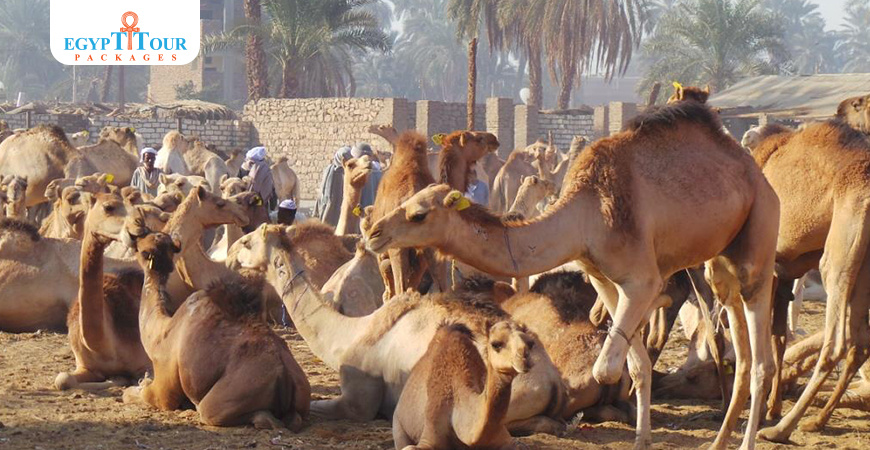
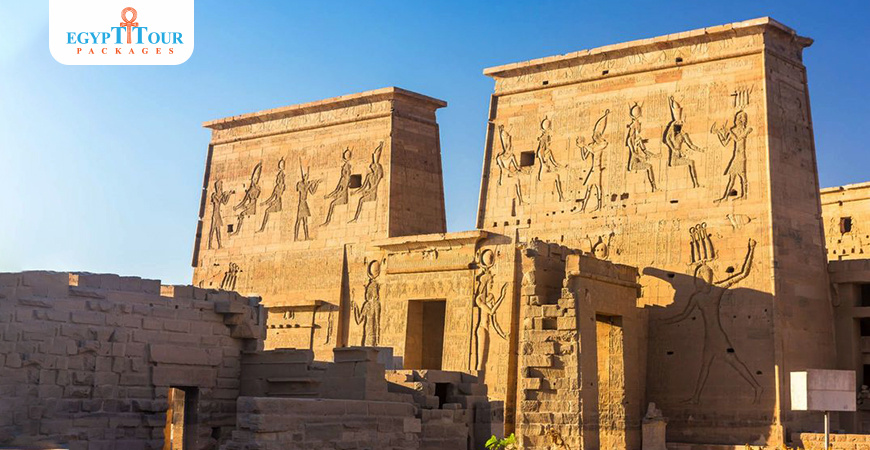







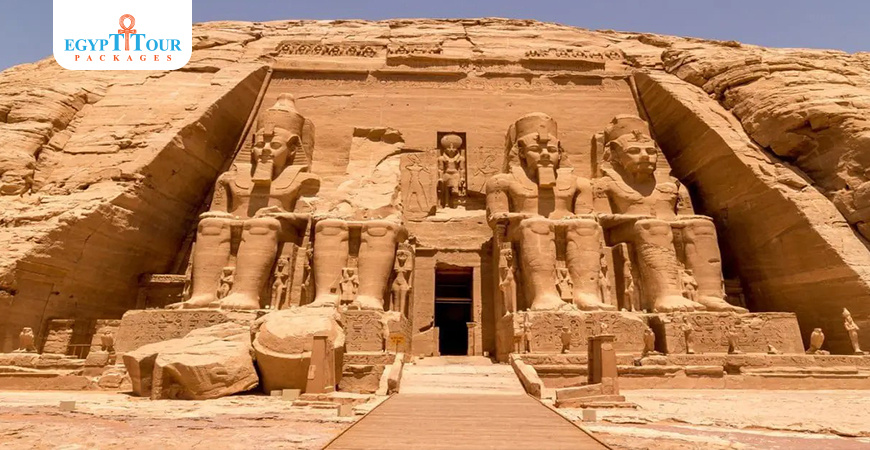
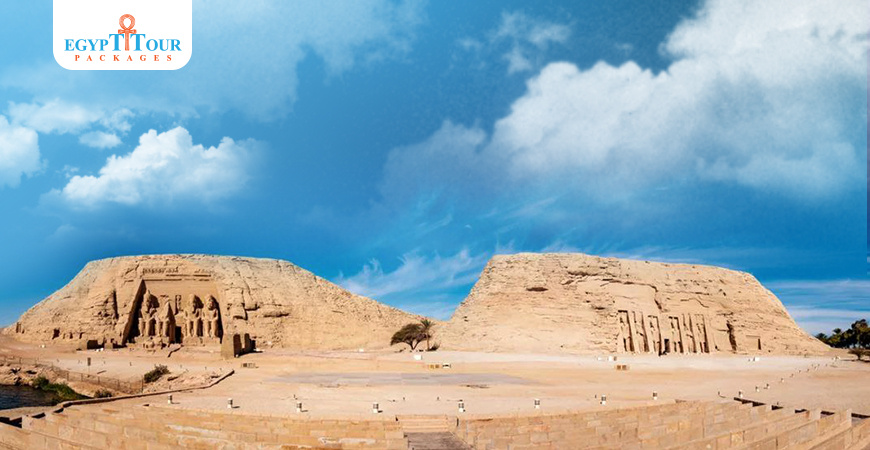
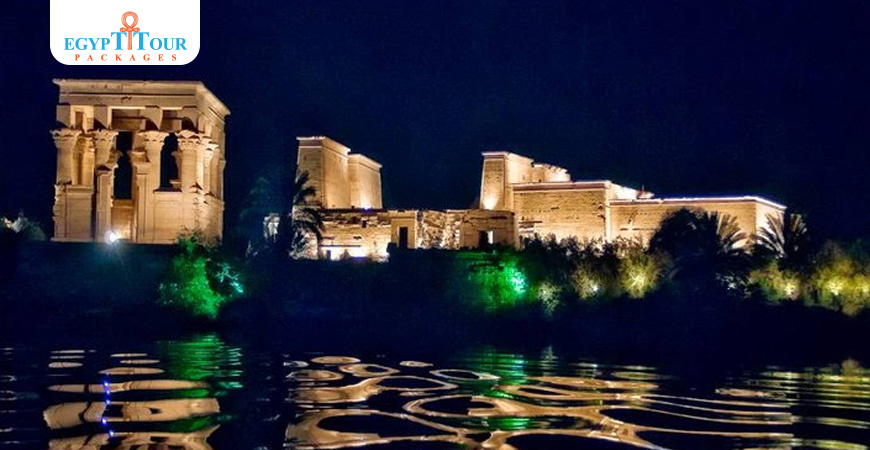
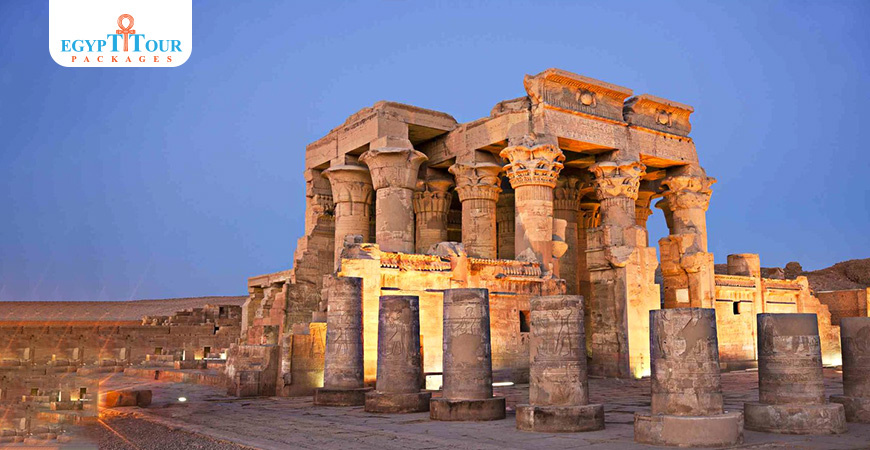
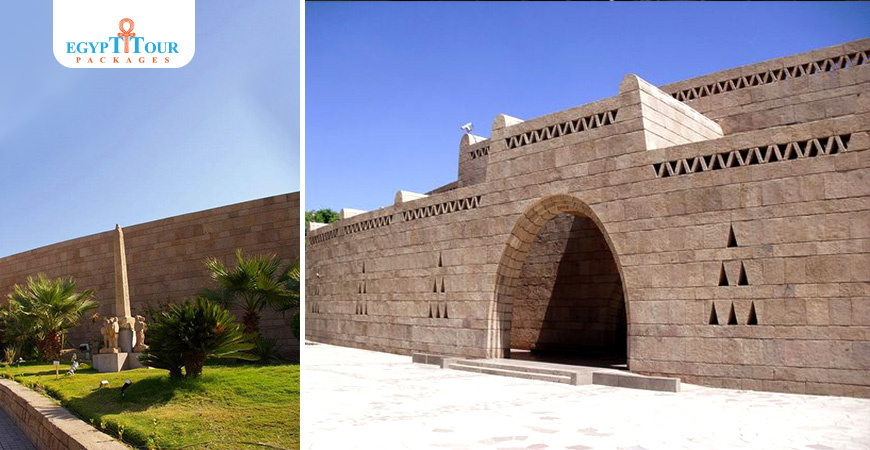
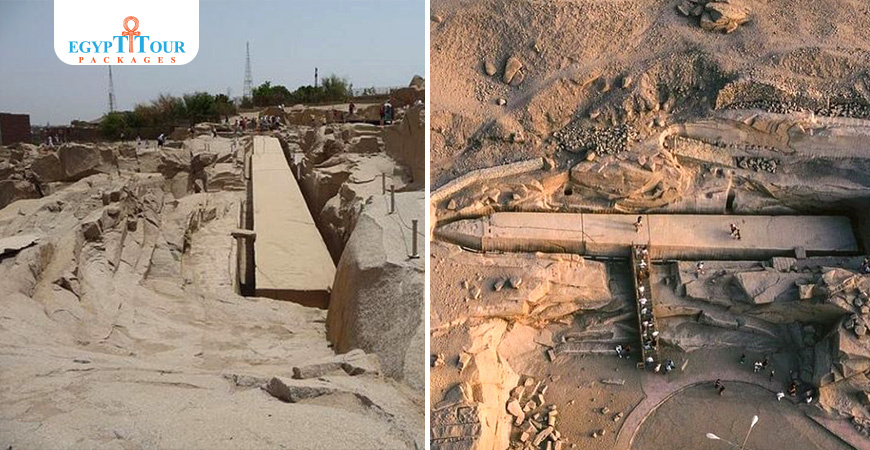
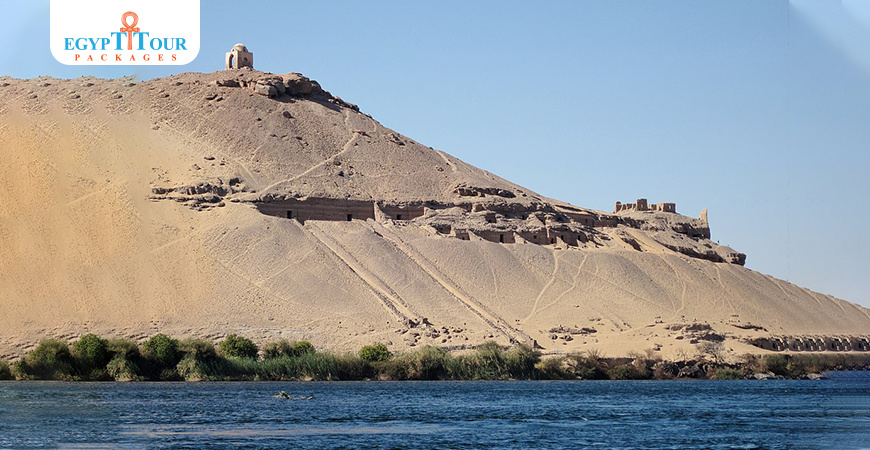
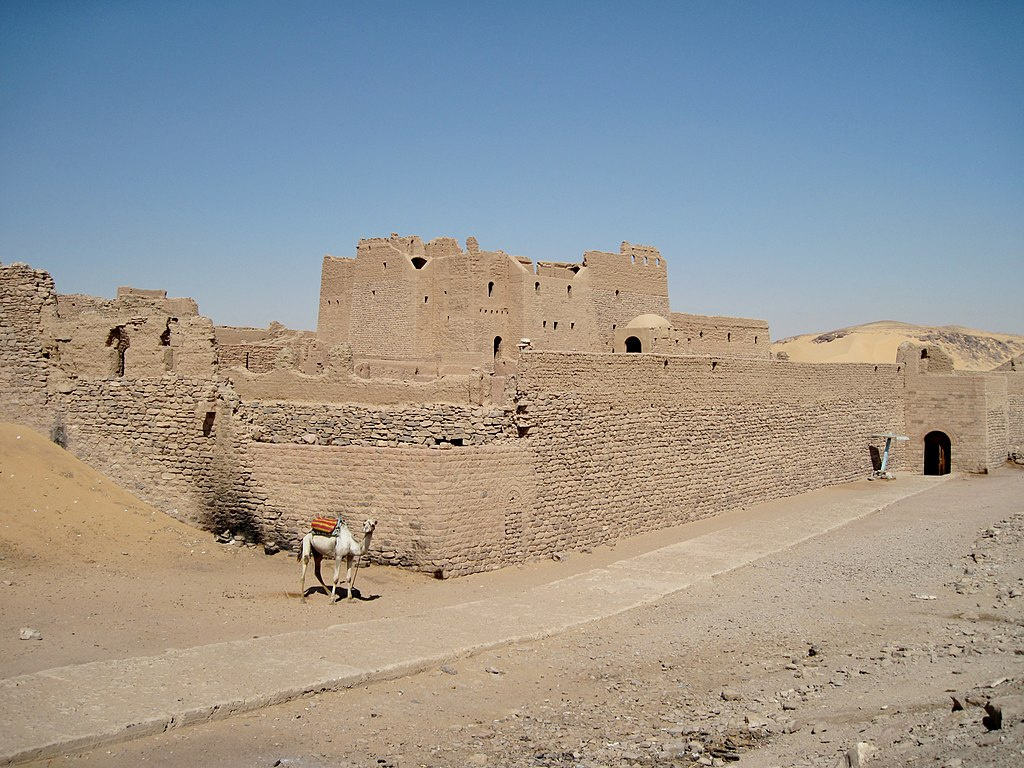
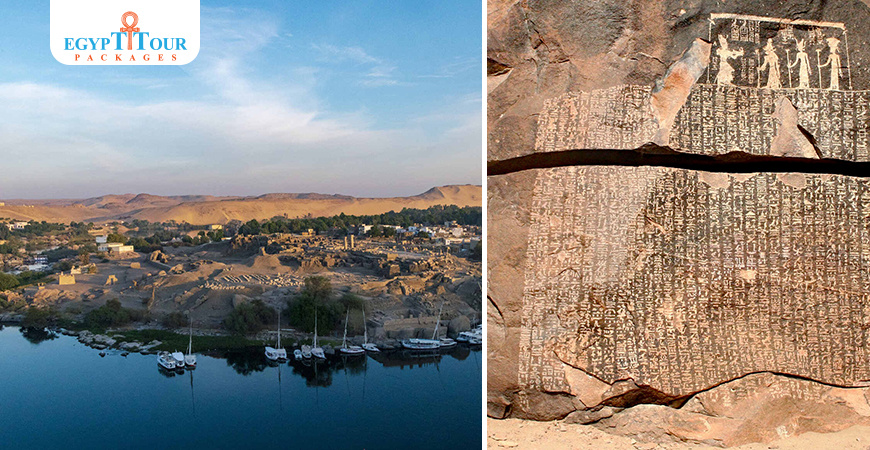
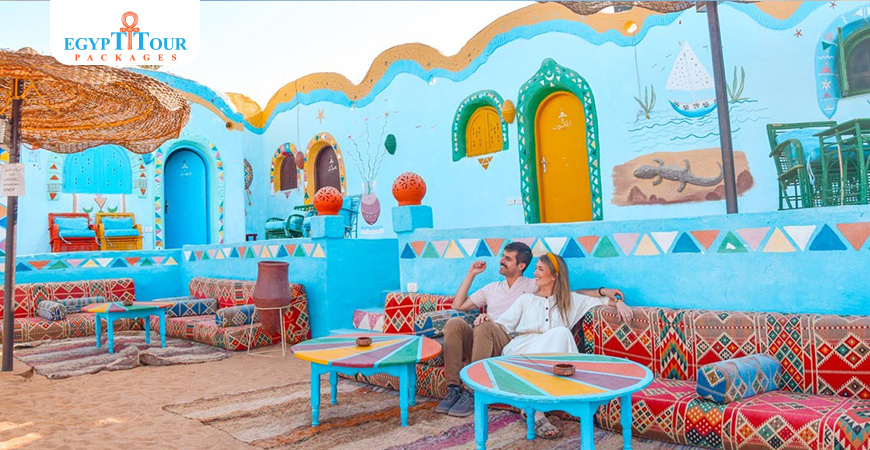

0 Comments